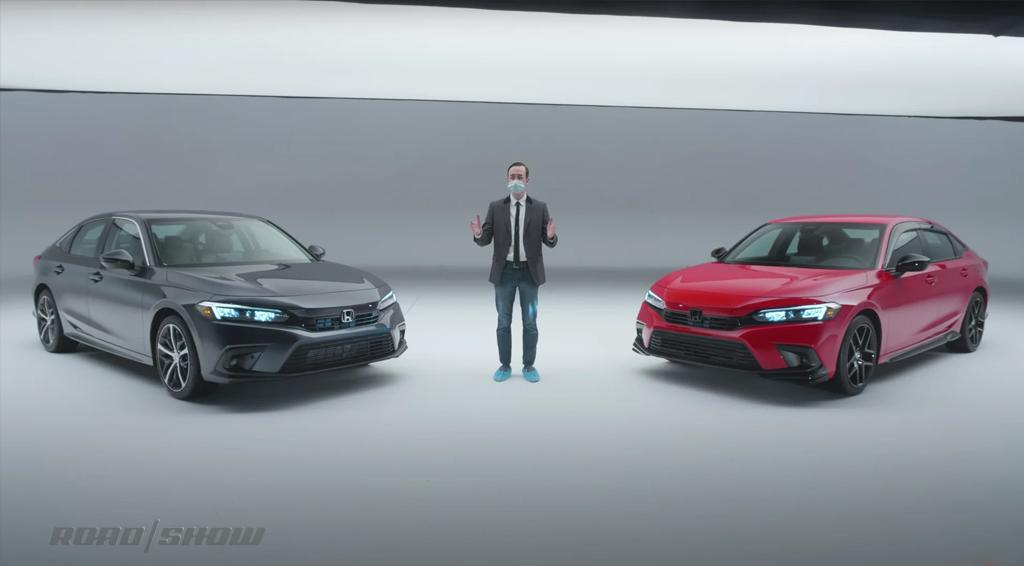*This article is from the Autocarweekly WeChat public account.
Author: Xue Yafu
Finally, the all-new Civic has arrived. It reminds me of an incident back in early April when a media colleague expressed concern about whether the all-new Civic would be delayed.

Indeed, even though this year’s Shanghai Auto Show had many high-profile new cars and celebrities, the all-new Civic was sure to be on the advance reporting list for the veteran media. Compared to Honda’s “empty” booth at the show, clever Honda played a little trick by launching the new Civic in North America in recent days, presumably not wanting this new model that best represents the Honda spirit to be drowned out by the noise of the exhibition. Nevertheless, over the past two days, it is the second most popular new car since the auto show.
I think it’s difficult to find a car model in the same class and price range with such appeal other than the Civic. Of course, the changes in the new generation of models are still controversial, and I will address them one by one.
#
Design is undoubtedly the first point of contention.
It even reminds me of a melodramatic family drama on TVB: the rebellious and ideologically creative youngest son in the family, who is sure to be excluded by the upright and upward elder brother. This is not decided by the parties involved (representing the car manufacturers), but because the latter coincides with the values and sense of identity of the strict father in the family (representing the market and demand).

A sunny and positive image is sure to be welcomed by the elders in any occasion and stage, influenced by the Chinese-style concept. With regard to car consumption, compared to the cool and rogue style of the current Civic Hatchback, there are two factions of people discussing the appearance of the all-new Civic. (Young people don’t like it, but older people do.)
I understand the complaints of keyboard experts, it is natural to love deeply and criticize appropriately.
Fortunately, I was prepared for the shock before all this happened. From GK5 to GR9, and from the current Breeze to the all-new Breeze, Honda’s approach has been very much like that of a 29-year-old hot-blooded but aging youth, no matter how rebellious, approaching 30, standing at the crossroads of life, facing life’s pressure, and suddenly realizing that he really needs to compromise for the sake of his family.
The market has changed, and not entering means retreating.
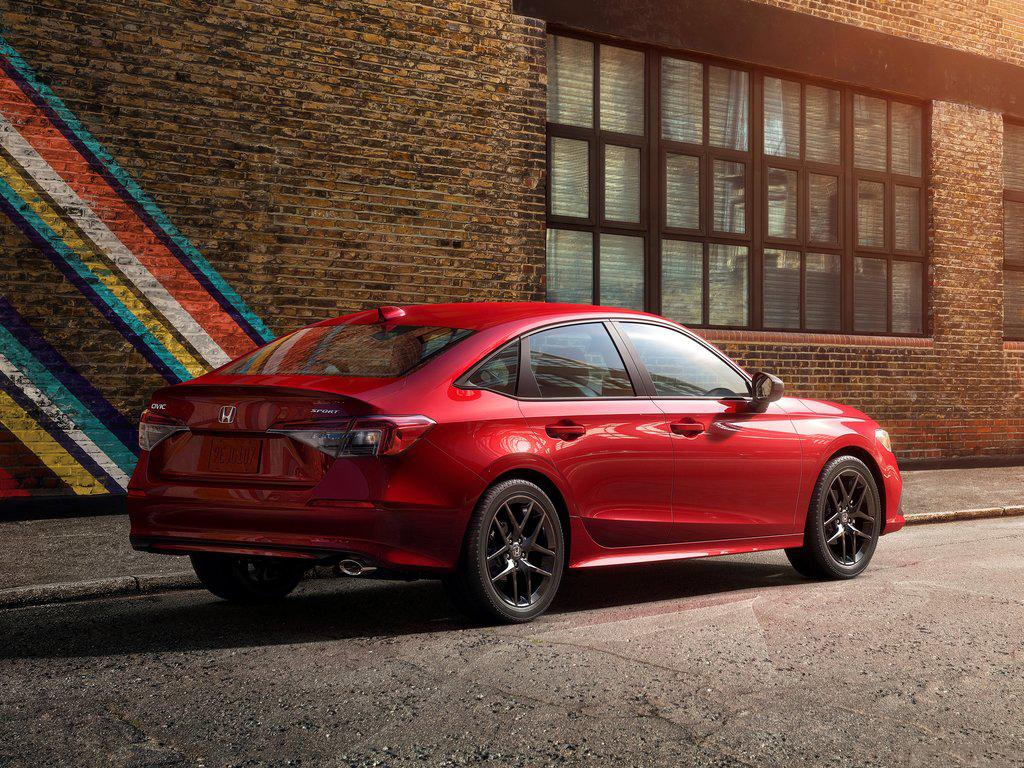
Although the all-new Civic’s exterior design changes did not provide fans with the kind of comfortable feeling that a 36-year-old LeBron James is stronger than a 26-year-old LeBron James, instead it took the path of young athletes like Nikola Jokic, who were young but already overweight. This is really unfair to the opponents who have been chasing after it tirelessly.After all, models like the Fiesta, MG6, and Leopard are all shouting to overthrow the Civic and seize the target market share of the Civic. However, according to the current sales trends, there is hardly any opponent who can pose a threat.
If the design returns to the sporty route, I believe the Civic is still that youth. In the short term, this situation will remain unchanged, and this can be fully illustrated by the current status of GAC Accord, Volkswagen Lavida, and Haval H6.
The problem is that in today’s thorough transition to the new four modernizations of vehicle manufacturing, performance enhancement is within reach. As long as there is electricity, acceleration ability can outperform traditional internal combustion engines. With the original 9-second 0-100 km/h acceleration capability of the Civic Hatchback, even ride-hailing vehicles on the road can easily achieve it.
With the further compression of battery costs in the future, new energy vehicles manufactured by Chinese brands will definitely be cheap and fast. If the Civic remains unchanged, the remaining advantages will be at most two things:
-
Oh, the appearance is not bad.
-
Oh, it is indeed a little better to drive than Toyota and Nissan.
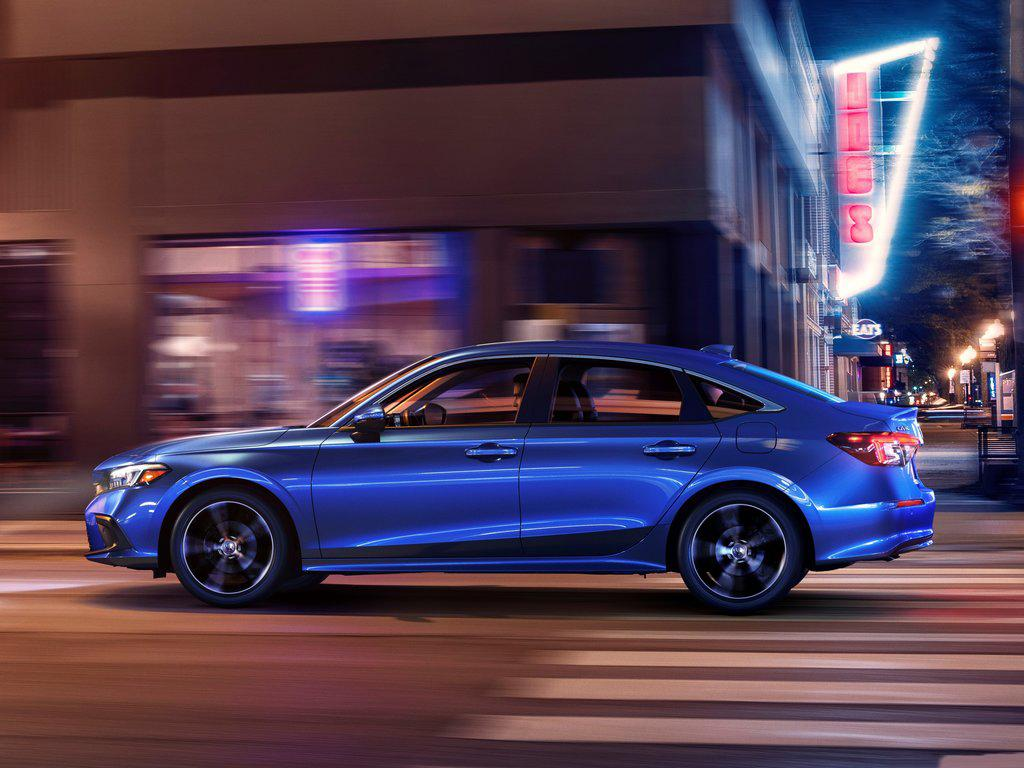
For a car model like the Civic that has a significant weight in the Honda system, this is not enough. As a benchmark, each generation change will inevitably bear the historical mission and the wager agreement that cannot afford to lose. Otherwise, how can it be the direction indicator of the same level product?
After all, making a whole car is no longer a money-making business. Conservative transformation is both a necessity and a positive response to the new era.
Secondly, the actual cars of many vehicles look better than the “photographs”, and one cannot draw conclusions based solely on pictures.
The interior changes are even more so. The interior style of the previous three generations of Civic was always sporty and passionate. No matter how it was changed, the tachometer was always placed in the middle, constantly reminding everyone that it was a car for drivers. Now it is moving closer to the style of the Accord, and the details are still outstanding, which really verifies the saying – a deluxe Accord.
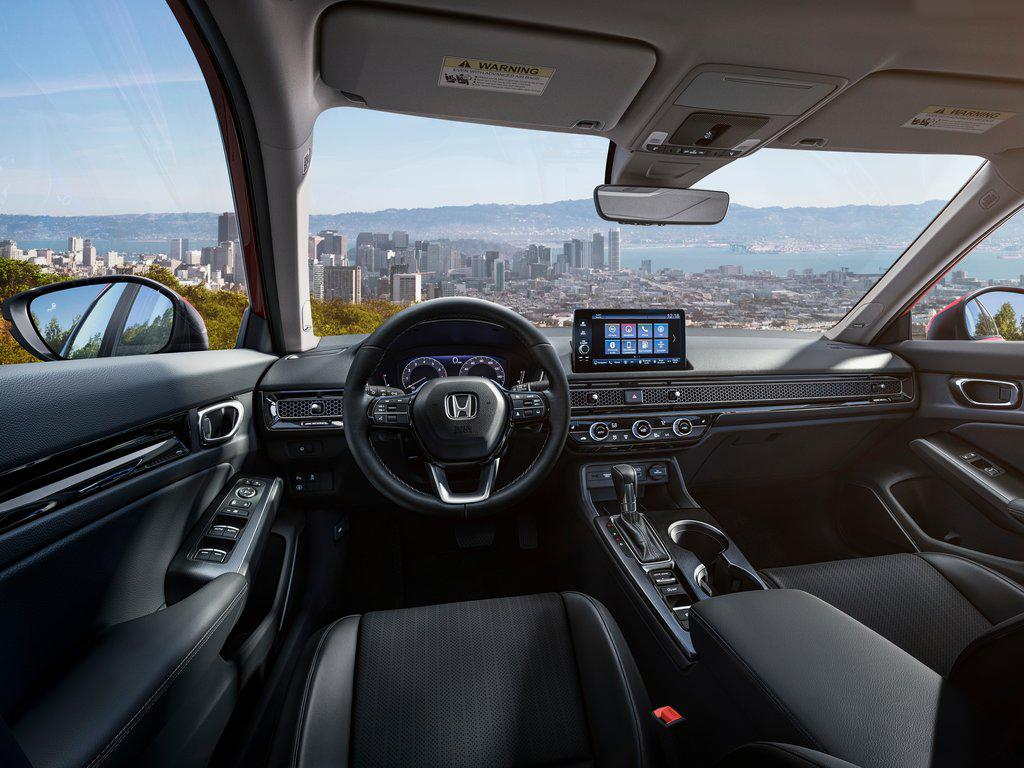
In fact, as long as you study it carefully, this kind of change is interesting. It seems to become simpler, but actually has many tricks.
As the official saying goes: The instrument panel area uses very few cutting lines to prevent the reflection formed on the windshield at night. The lowered side windows and the backward positioning of the A-pillar are all to enhance the interior view.
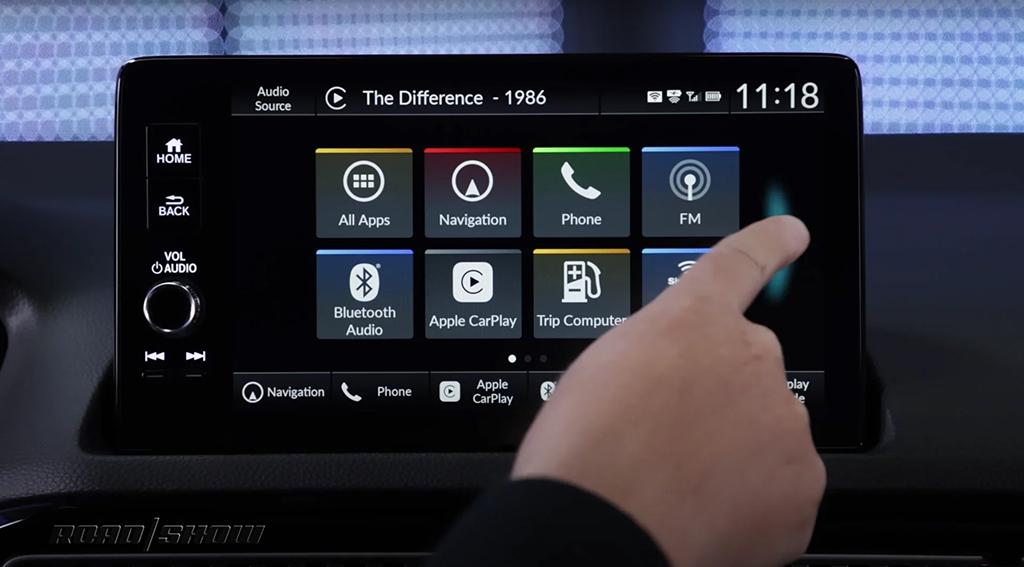 ## From a practical perspective, with a concise interior design concept, technology is the protagonist of the new Honda Design philosophy. The primary objective is to enhance the usage of Honda Connect 2.0 (Honda’s latest infotainment system) behind the eye-catching central control large screen and introduce the latest driving assistance technology. The new sensors and cameras can monitor a broader range of environments, while software upgrades aid in collecting more driving environment information. The result is a safer driving experience with less hassle.
## From a practical perspective, with a concise interior design concept, technology is the protagonist of the new Honda Design philosophy. The primary objective is to enhance the usage of Honda Connect 2.0 (Honda’s latest infotainment system) behind the eye-catching central control large screen and introduce the latest driving assistance technology. The new sensors and cameras can monitor a broader range of environments, while software upgrades aid in collecting more driving environment information. The result is a safer driving experience with less hassle.
By the way, the first car model to benefit from this new Honda Design is the all-new Civic (the all-new Vezel should be the second). When this generation of Civic enters China, it will undoubtedly initiate a double-car battle with the Civic from Guangzhou Honda. Even though the exterior design of the Civic from Guangzhou Honda may change, it will still carry the fresh and thrift interior design concept.
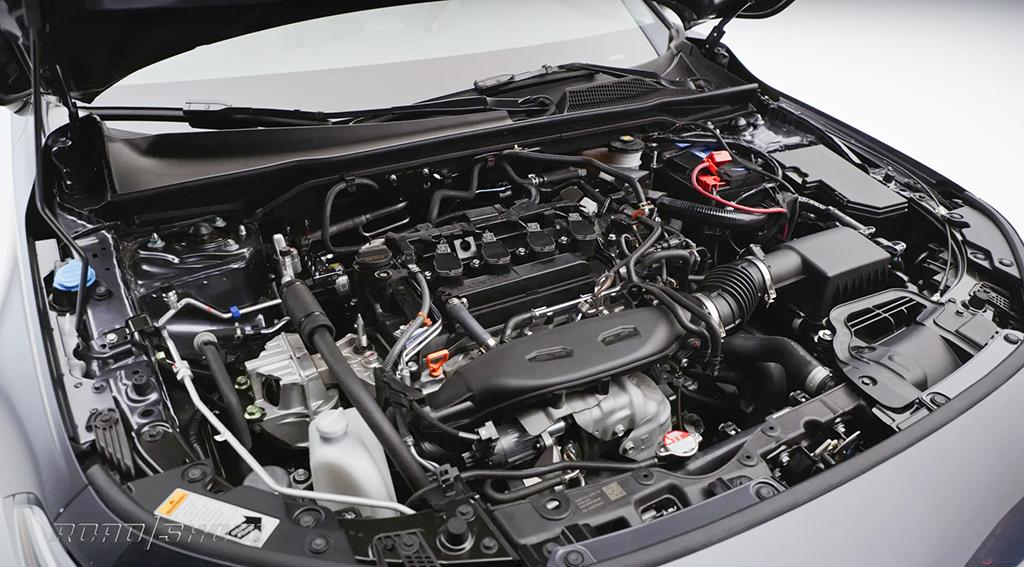
As for the power system, forget about the 2.0T engine in North America. The current 1.5T is your best choice.
There are a few reasons for this choice. Firstly, the current 1.5T engine was launched only a few years ago and has not yet reached the end of its product life cycle. Secondly, Honda has the tradition of using one generation of engines for two generations of car models, breaking this norm would not be cost-effective. Therefore, it is highly probable that the 1.5T engine will continue to be used in future car models.
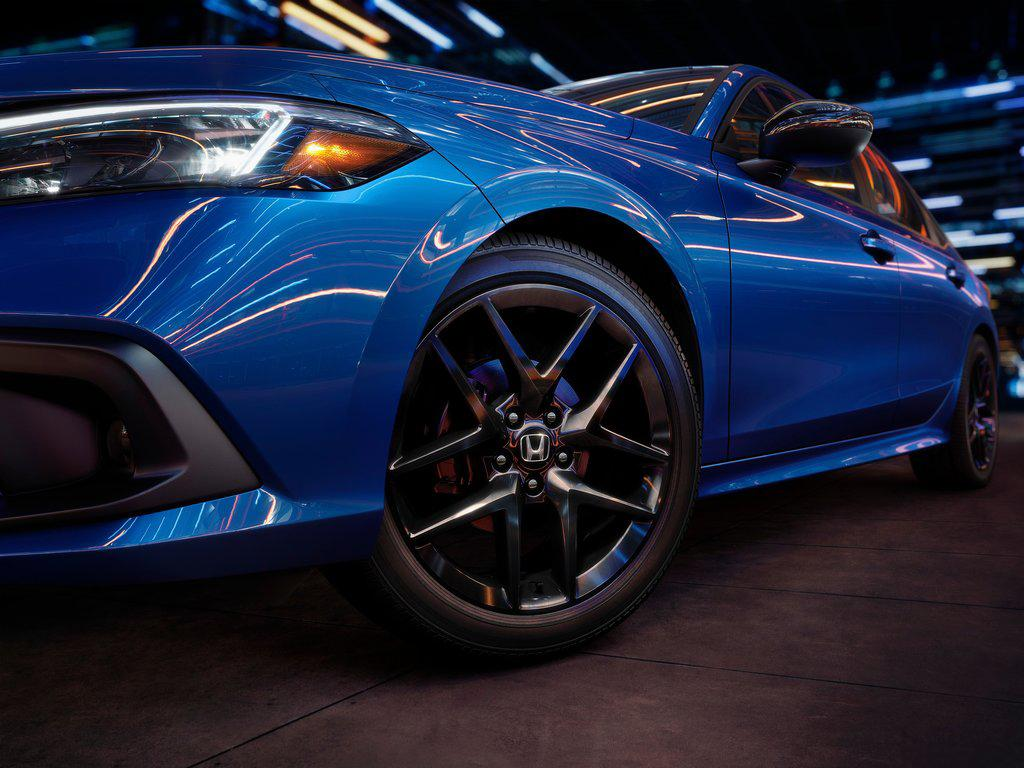
Of course, it is not an exact copy of the 1.5T engine in the current Civic hatchback. There have been numerous improvements and optimizations in various aspects, including the intake and exhaust systems, turbocharger impeller shape, combustion chamber shape, and fuel supply device. These changes have increased the maximum power output to 183 horsepower (177 horsepower in the current model) and maximum torque output to 240 Nm.
As for the changes in driving experience, there are too many advancements to describe in detail. For most drivers, it will be difficult to notice the difference. However, one thing is for sure, even if the car’s exterior design is not your style, its driving experience will not disappoint you.
Now that we have looked at the car, let’s focus on the key topic.
Some people may say that the new model is no longer sporty and has become more suitable for home use. This may seem greasy, but if we look at Honda’s previous works of refining comfort, we can see that Honda has tried it before.
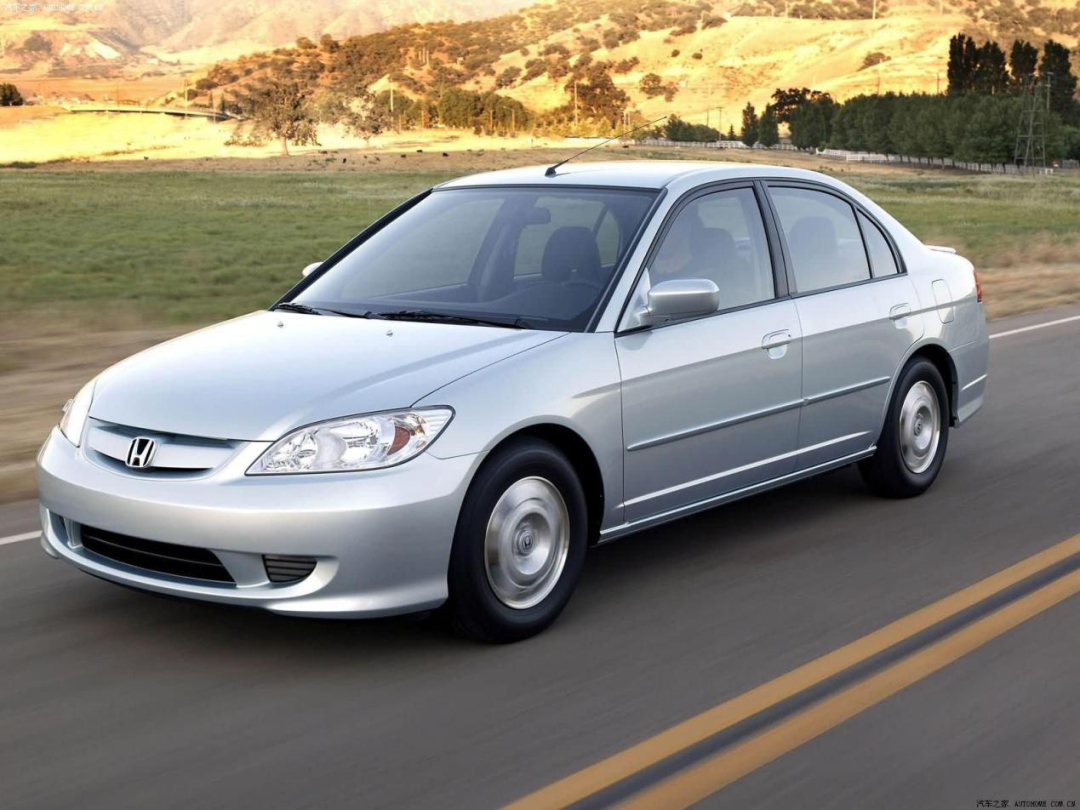 In the past generations (such as the seventh and ninth generations), Honda followed the same path. In my opinion, it is perhaps a destined cycle, so when Fit and the new generation of Vezel came out, I was already sure that Honda was determined to make up for the lack of refinement (as can be seen from the development direction of Toyota’s TNGA, competition requires it).
In the past generations (such as the seventh and ninth generations), Honda followed the same path. In my opinion, it is perhaps a destined cycle, so when Fit and the new generation of Vezel came out, I was already sure that Honda was determined to make up for the lack of refinement (as can be seen from the development direction of Toyota’s TNGA, competition requires it).
The initial stage of product transformation is painful, even though some people may say “the premium Accords are nothing like Civics”. But forget about it, Honda has left the most interesting things in the naturally aspirated era. To be honest, from EK (sixth generation) to FA1, FD2 (eighth generation), those ten or twenty years were indeed a memorable time: the excitement of pushing the engine to the red line and still not wanting to let go of the throttle, which really tortured many car fans born in the 80s and 90s. I also believe that the driving experience of the all-new Civic will be better than that of the previous generation. It will be more fun to drive because the benefits brought by technological progress must be helpful.
We cannot remain unchanged, otherwise, we will go against the progress of society.
Sometimes, even if we are still passionate, we suddenly realize there is not much youth left, so it’s time to change our mindset and move on to the next stage. No one can be 18 years old every year. Of course, the same applies to the Civic.
It can be seen that Honda still wants it to be a youth at heart from the efforts made in chassis tuning.
May we all remember our original intentions, that is the true Civic.
This article is a translation by ChatGPT of a Chinese report from 42HOW. If you have any questions about it, please email bd@42how.com.
